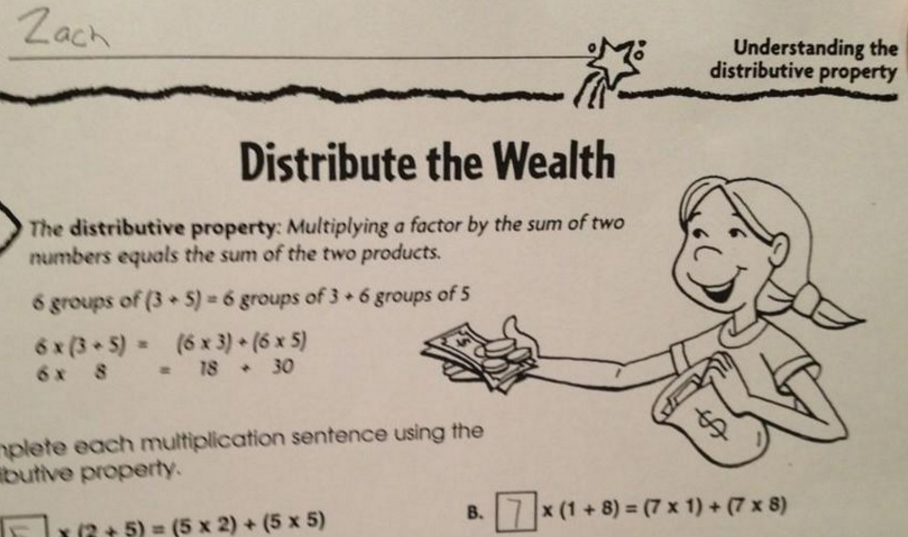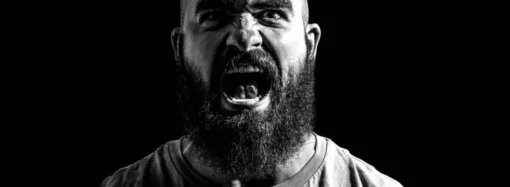Whenever the topic of bias and values in education comes up, most people generally would think of topics such as history or civics. But the idea of values driving all education goes much deeper. Even to math.
One would assume that a teacher’s or school’s values and beliefs couldn’t interfere with math, right? After all, two plus two is four. But the reality is that there are different approaches to teaching math which reflect different beliefs about best practices. If you’re familiar with math curriculum options out there, two popular examples being used right now are Saxon and Singapore. While the goal of both curriculum is to teach kids math, they take very different paths to achieve it. Those approaches are reflections of the curriculum designers’ beliefs about the best ways to teach the subject. As such, we can see that even teaching math isn’t a value-neutral proposal.
A group of teachers in Minneapolis Public Schools, though, have taken values in math to a whole new level according to the Star Tribune. They are developing “social justice” math curriculum.
“Stephanie Woldum, Mitchell’s teacher, draws students into math through statistics and data that reveal disparities and other inequities in society. Just weeks after the police shooting of Jamar Clark, and amid protests by Black Lives Matter activists, crime statistics nabbed their attention. It was part math, part current events, and from the students’ perspective, unusually interesting.
‘There are very few math teachers that have figured out how to bring social justice into the math classroom,’ said Sara Van Der Werf, president of the Minnesota Council of Teachers of Mathematics. ‘Most math classes are what you remember math looking like.’
Other educators have taken note of Woldum’s teaching style. She is a finalist for the 2015 Presidential Award in Math and Science Teaching, the nation’s highest award for teachers in those fields. Morgan Fierst, another math teacher at South who worked with Woldum to create the social justice curriculum, also is a finalist.
…
Students examine data about Minneapolis neighborhoods, from income to race to housing.
From there the students submit questions. One student wrote, ‘Why is it that only three communities have $100,000 income?’ Another wanted to know why so few white people live in north Minneapolis.
Five questions were focused on crime and policing. So Woldum dug out the crime statistics and the students started searching for answers — which sometimes proved elusive.
‘You don’t think in a math class that you’d come away with more questions than answers, because in math there is always only one right answer,’ Woldum said.
Students found that the majority of positive contacts with police happened in southwest Minneapolis, the city’s whitest and wealthiest area, while the majority of arrests in the city happened in poorer, more diverse neighborhoods.
‘You can really see over-policing in certain areas,’ said Jewel Ferguson, a student.”
While the new approach to math might be exciting to some, South High School in Minneapolis may want to consider getting back to the basics judging by how its students have performed in recent years. According to the Minnesota Department of Education, in the last five years the best year for South High School was 2011 at which time only 51% of its 11th-grade students were at grade-level for math. Only 37% of 11th-grade students made the cut in 2012 and only 46% in 2013. Too few students even bothered to take the assessment tests in 2014 and 2015 for those years to be considered.
If you ever had any doubts as to whether all education is value-driven, let this story serve as evidence that there is no such thing as a value-neutral education.
















Leave a Comment
Your email address will not be published. Required fields are marked with *